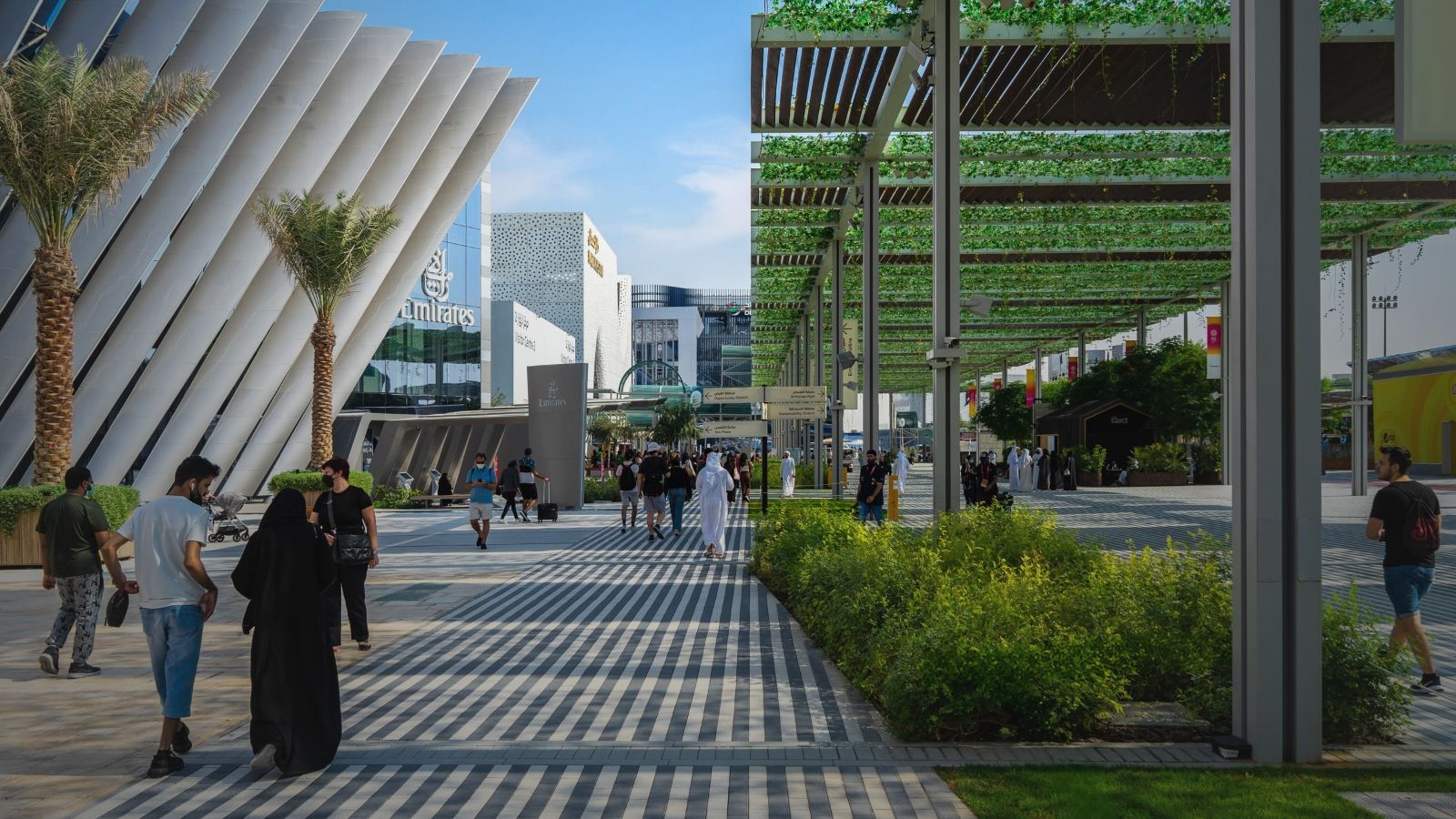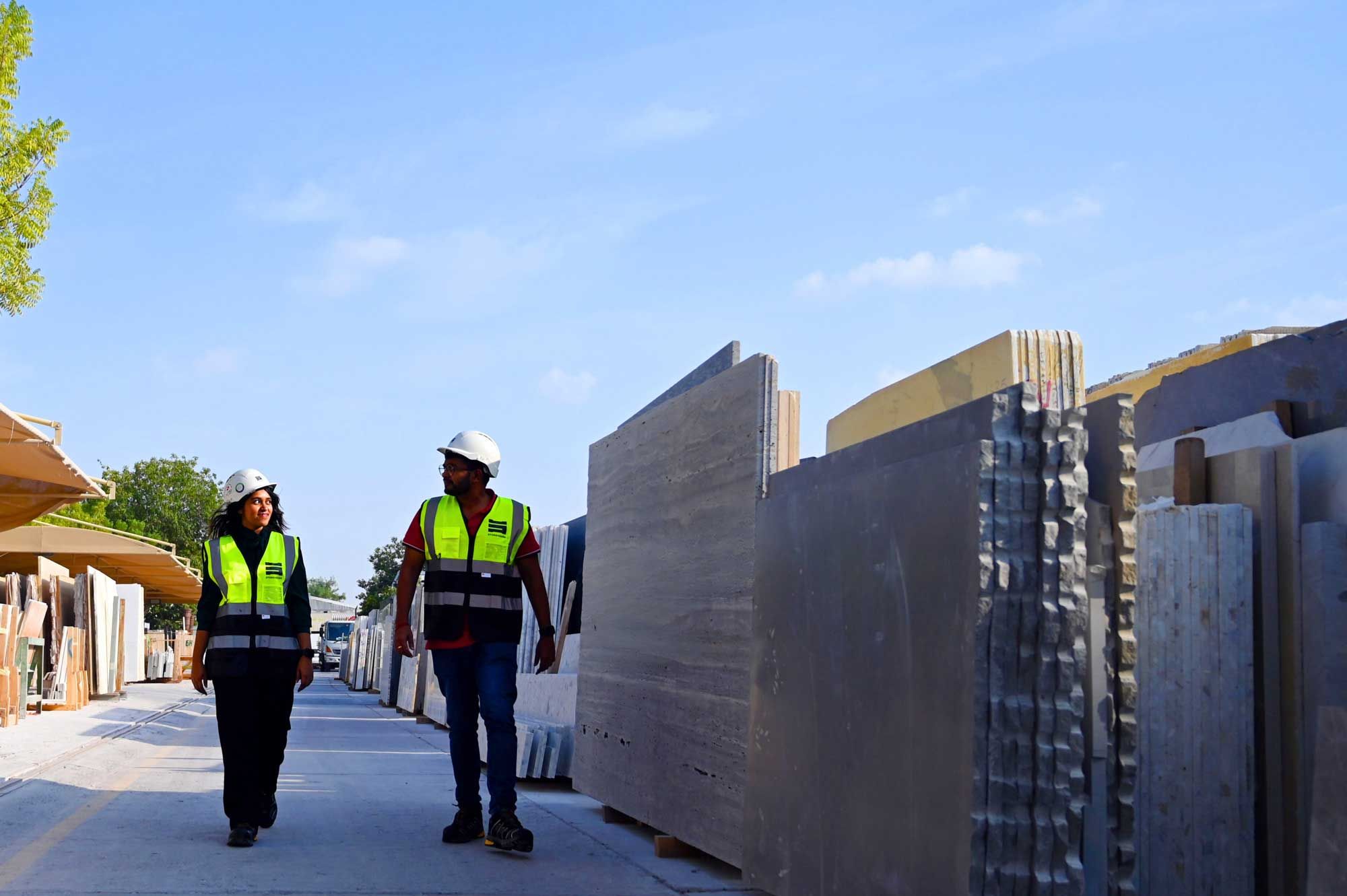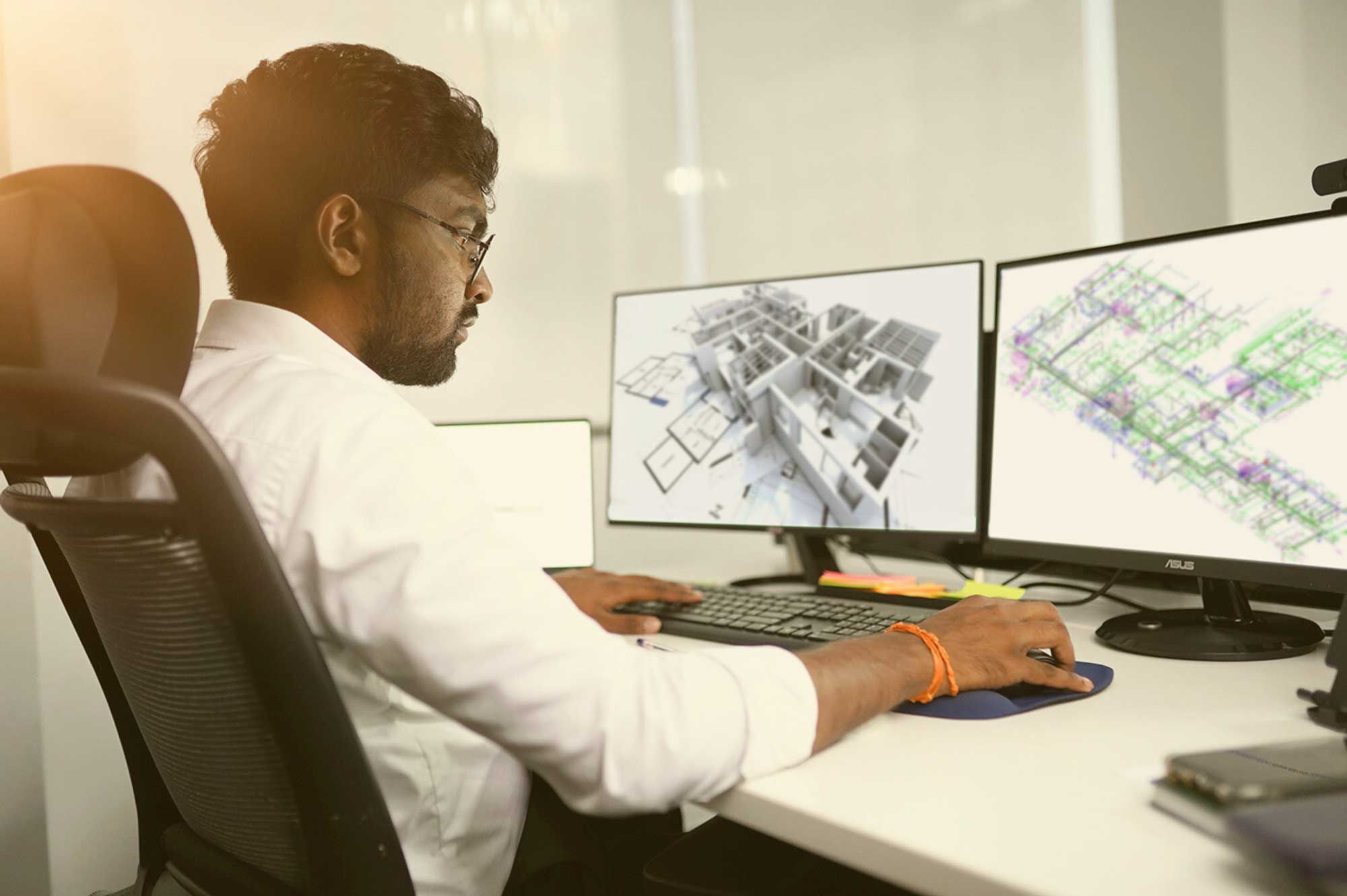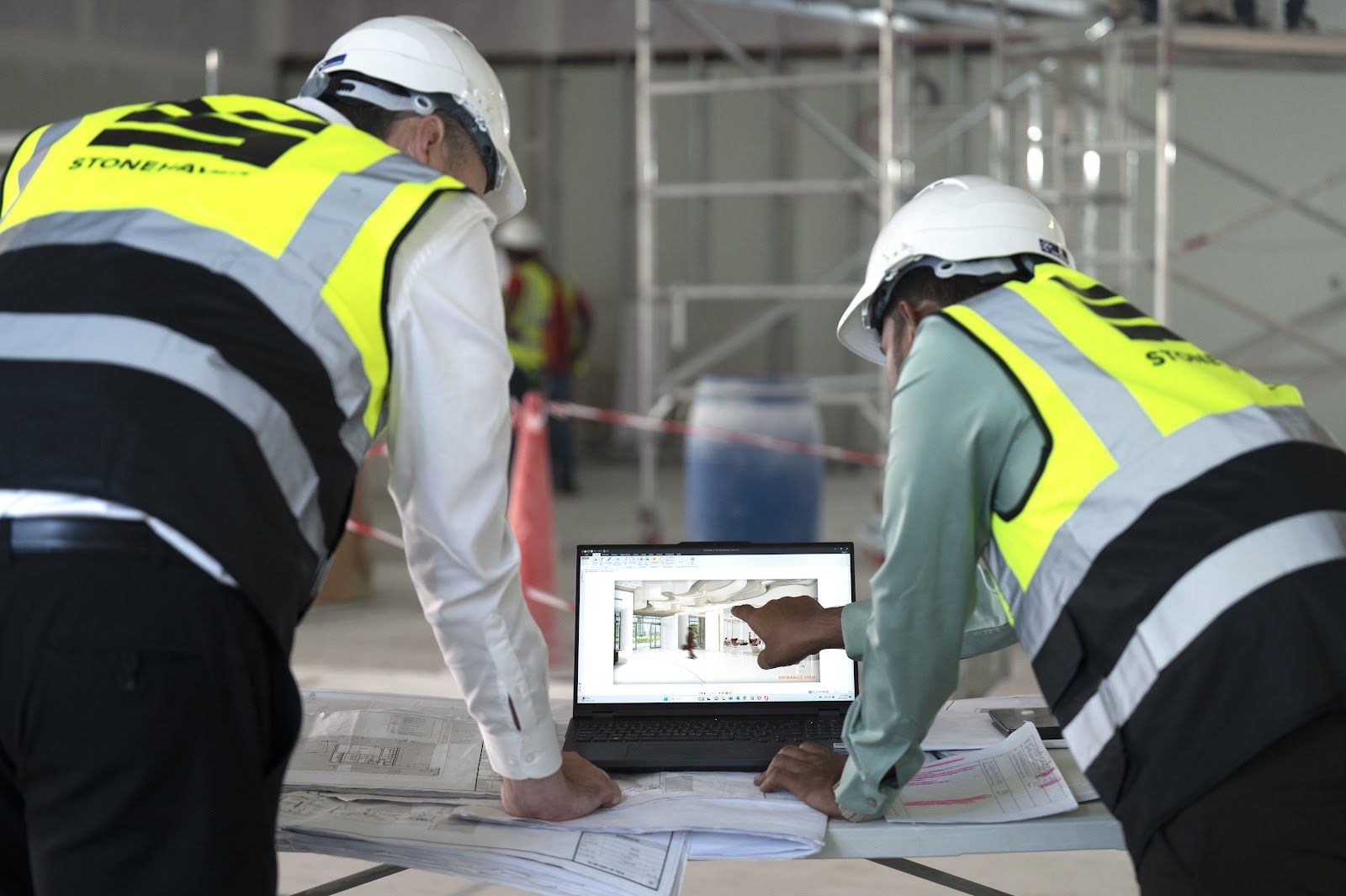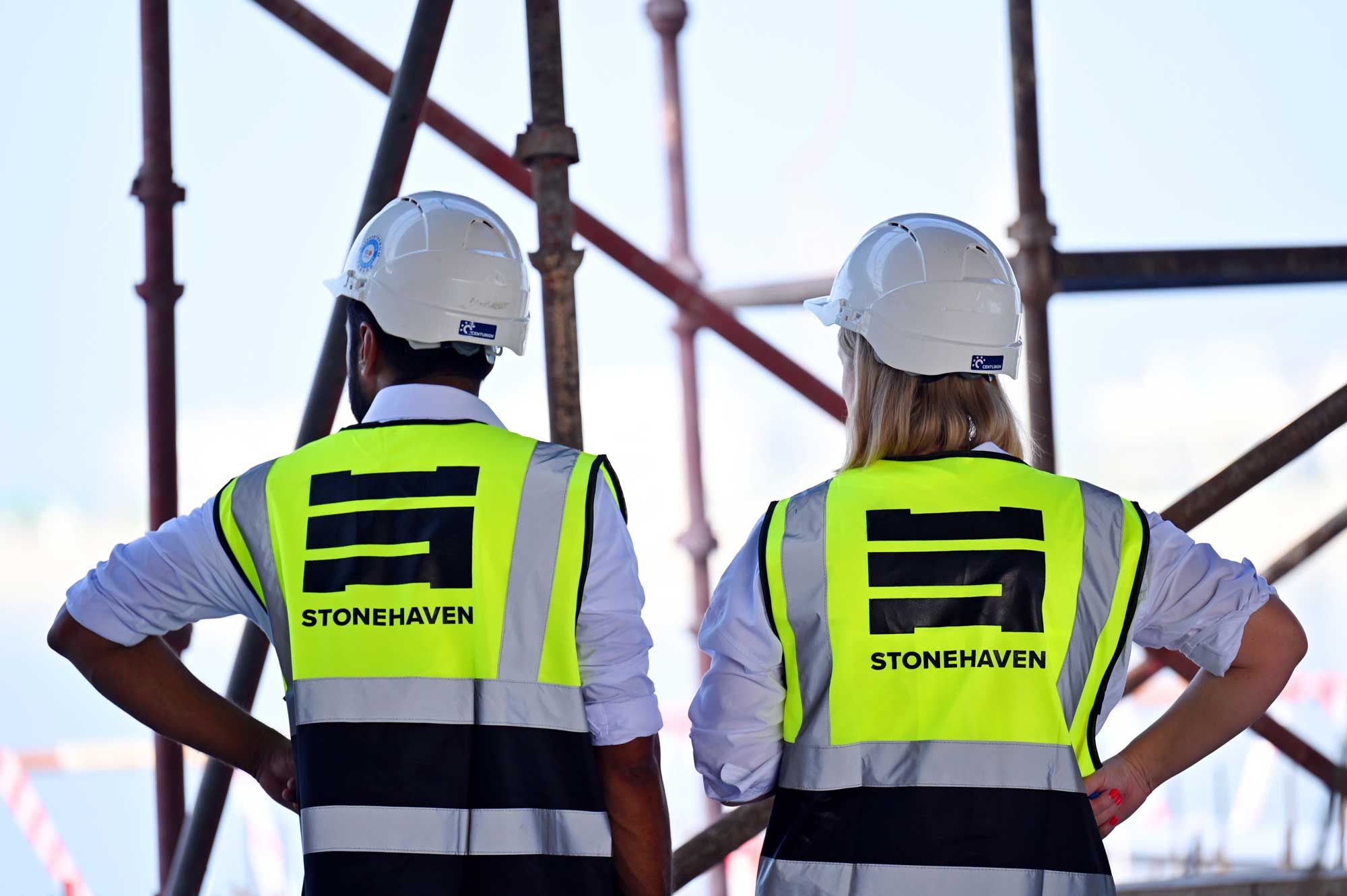When OpenAI partners with sovereign wealth, the result isn’t just infrastructure, it’s symbolism. A 1-gigawatt AI data centre in the UAE does more than house servers; it broadcasts intent. It reshapes how we understand power, purpose, and presence in the built environment.
In Abu Dhabi’s rapidly transforming digital corridor, a new kind of construction project sets to take shape. OpenAI unveiled plans to build a massive computing complex in the United Arab Emirates.
AI Changes the Brief
This is no longer about square footage or basic uptime. When OpenAI enters the frame, it brings with it workloads that strain even the most advanced infrastructure: massive model training cycles, real-time inference, parallel compute demands that escalate by the week.
Data centres supporting this scale require a new design language, one that prioritises energy intensity, modular growth, thermal performance, and security as fundamentals.
Power Is a Position
The UAE’s commitment to hosting a large AI-ready data centre isn’t just about digital capacity. It’s geopolitical. A 1-GW facility signals sovereignty, alliance, and long-term relevance. When Abu Dhabi commits to powering frontier models, it’s saying: we’re not just participating in the AI economy, we're building an engine room.
For those overseeing procurement, planning, and cost engineering, this reframes the problem entirely. You're not building for local compliance. You're building for global competitiveness. The timeline isn’t until handover—it extends to the sixth hardware upgrade. Every transformer, every MW tie-in, becomes part of a larger performance narrative.
Construction as Coordination
Projects like this don’t move linearly. They evolve by necessity. Site logistics synchronise with supply chain turbulence. Specifications change mid-tender as chips grow hotter, denser, faster. Contractors must work in sprints, engineers adapt in loops, and cost plans breathe.
The construction team becomes less a static delivery vehicle and more a living, iterative ecosystem where the success metric isn’t just on-time completion, but technical fluency and long-range foresight.
This changes how contracts are written, how teams are structured, and how value is tracked. Provisional sums become buffers for evolution. Programmes stretch to accommodate co-design. QSs and cost leads manage risk not only through pricing—but through strategic agility.
The Experience of Performance
A data centre doesn’t simply perform, it must demonstrate performance.
Clients, partners, and policymakers walk through cooling halls and power corridors expecting legibility. They want to see intelligence embedded into their spaces. That means operational theatre—environmental dashboards and spatial transparency between function and form.
Construction, therefore, becomes a storytelling medium. Materials aren’t just selected for efficiency—they’re chosen for confidence. MEP coordination plans double as visitor pathways. Even acoustics matter: the hum of resilience, the silence of uptime.
Quantity Surveying in the Era of Intelligence
As technology advances at breakneck speed, the role of the Quantity Surveyor (QS) is rapidly changing. Traditional tools like Bills of Quantities and standard cost benchmarks no longer keep up when technological buildings are designed around fast-evolving technologies like artificial intelligence (AI) and data infrastructure.
AI doesn’t just change the design—it impacts how we plan supply chains, energy use, and even how long a building’s systems stay relevant. In this environment, cost control is only the beginning. Today’s QS needs to understand more than just numbers—they need to grasp how modern systems like AI hardware, high-performance cooling, and modular layouts affect long-term value.
Cost plans are no longer static. They need to account for:
● Fluctuating energy costs based on AI-driven demand and global events
● Constant upgrades to server and hardware systems
● Flexible, modular spaces that allow future retraining or equipment expansion
In conclusion, quantity surveying is no longer about counting what's there. It’s about preparing for what’s next. The QS now plays a vital role in making sure a project can evolve—with strong foundations that support future growth, not just today's needs.
And most importantly, the QS now sits at the centre of innovation and commercial reality—helping teams move fast without breaking budgets or losing sight of what really matters.
Featured Perspective
This article includes contributions and insights from Kaushalya Senarathne, Senior Cost Manager at Stonehaven whose project experience in the industry has shaped much of this discussion.
Kaushalya is a Senior Quantity Surveyor with eight years of experience across the Middle East, Australia, the UK, and Sri Lanka. Her expertise includes tendering, cost estimation, and financial management, ensuring projects meet budgetary constraints. Her strategic approach to cost control has contributed to the successful delivery of large-scale developments.
What OpenAI Teaches Us About the Future of Construction
When a technology company of OpenAI’s calibre chooses to build in your region, you’re not just delivering a facility. You’re curating relevance. You’re shaping how intelligence itself is grounded in place.
The data centre isn’t just a shed for servers anymore. It’s a monument to possibility, a container for scale, speed, and sovereignty.
And for construction professionals in the UAE and GCC, this is the call to action: build for what’s next. Build for systems that never stand still. Build for the world’s most ambitious clients, knowing that the blueprint might change, but the stakes only rise.
About us
As a leading cost and project management consultancy in the UAE, we specialise in high-performance developments where technology, ambition, and infrastructure converge. From hyperscale data centres to mission-critical facilities, we partner with forward-thinking clients to deliver projects that are resilient, adaptable, and built for evolution.
In the age of AI and sovereign computing, quantity surveying is no longer about static estimates—it’s about strategic foresight. Our teams work upstream and embedded, shaping cost plans that account for energy volatility, modular upgrades, and rapid shifts in IT demand.
Whether supporting global tech firms, sovereign partners, or infrastructure developers, Stonehaven is at the forefront of construction intelligence, aligning precision with progress, and ensuring every project is ready for what comes next.









